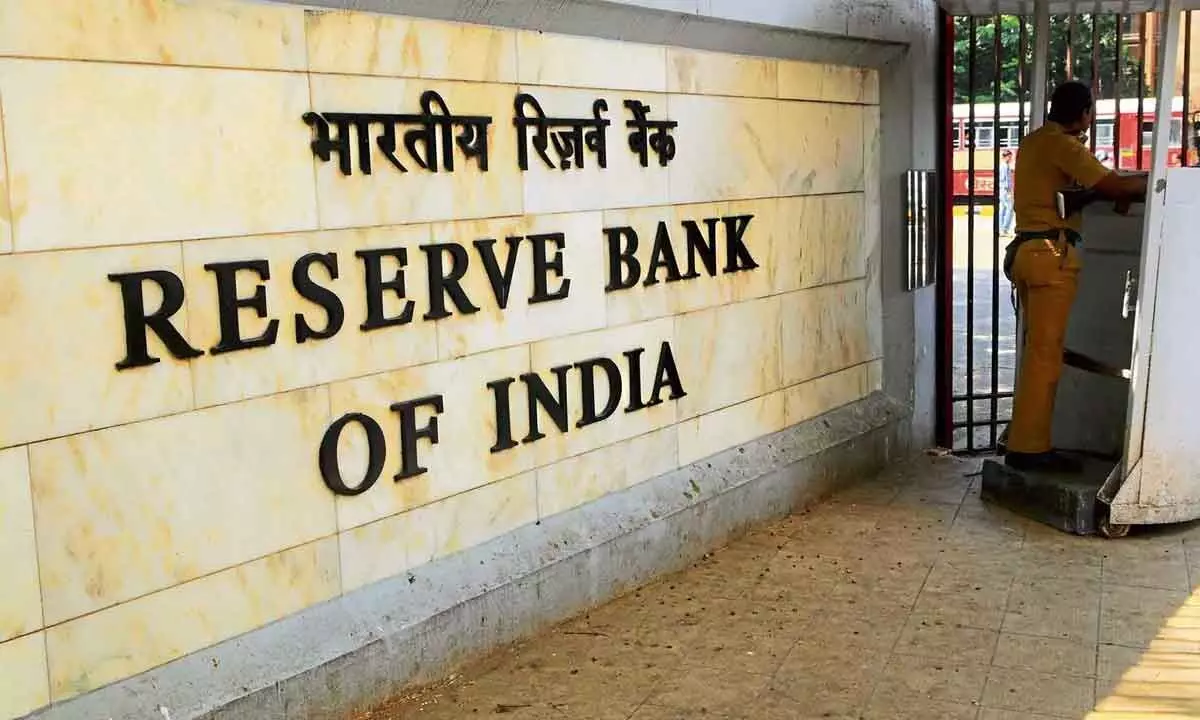Will RBI go for another rate hike in February?
February policy is likely to be biased towards another 25 bps hike, which may witness further split in voting.
image for illustrative purpose

February policy is likely to be biased towards another 25 bps hike, which may witness further split in voting. The December policy, in which the RBI hiked the repo rate by 35 bps to 6.25 per cent, retained the focus on inflation with increased concerns on the persistence of elevated core inflation. The RBI governor, Shaktikanta Das, underscored the hawkish stance of the RBI.
Growth appears to remain steady even though downside risks may emerge. Accordingly, analysts see the February policy decision as a split between 25 bps hike and a pause with a bias towards a hike, given that concurrent inflation readings at the February policy will be above 6 per cent, and H1 inflation outlook remains skewed towards the 5-5.5 per cent.
The RBI MPC, as expected, while remaining concerned on inflation and comforted on the growth front. Analysts view this policy as the RBI retaining its hawkish bias given the concerns on the domestic inflation trajectory. Thus, the February policy decision may see fine split between a last 25 bps hike and a pause, with a bias towards a hike, given that concurrent inflation readings in the policy will be above 6 per cent and H1 inflation outlook remains skewed towards the 5-5.5 per cent.
The MPC voted with a 5-1 majority to raise the repo rate, while continuing to remain focused on the withdrawal of accommodation. Consequently, SDF and MSF rates increased to 6 per cent and 6.5 per cent, respectively. Importantly, hawkish tone of the previous policy was retained given the MPC's continued concerns on elevated inflation. The policy action was based on keeping inflation expectations anchored, breaking the persistence in core inflation, and containing second-round effects of inflation. A recent RBI survey reveals decline in household's inflation expectations.
The MPC expressed optimism on growth, highlighting, a Kotak report said, sustained rebound in contact-intensive services supporting urban consumption, and investment activity may be bolstered by broad-based credit growth and the government's thrust on capital spending. However, they were increasingly wary of headwinds from protracted geopolitical tensions, tightening global financial conditions, and slowing global demand weighing on net exports. Accordingly, the MPC revised FY23 real GDP growth to 6.8 per cent led by downward revisions to Q3 and Q4 projections.
Softening commodity prices, increased odds of a global recession, and the domestic inflation outlook provided some respite to the MPC. However, the MPC's concerns on inflation remain intact given risks from ongoing geopolitical conflicts, imported inflation stemming from US dollar appreciation, high uncertainty on crude oil prices, and incomplete pass-through of input costs to prices. Accordingly, the MPC retained its average FY23 headline projection at 6.7 per cent with upward bias to the quarterly forecasts.
Given the uncertain global outlook, analysts monitor risks from volatile crude oil prices, elevated domestic core inflation, pass-through of input costs to prices, increasing global recession, and lagged impact of monetary policy tightening.

